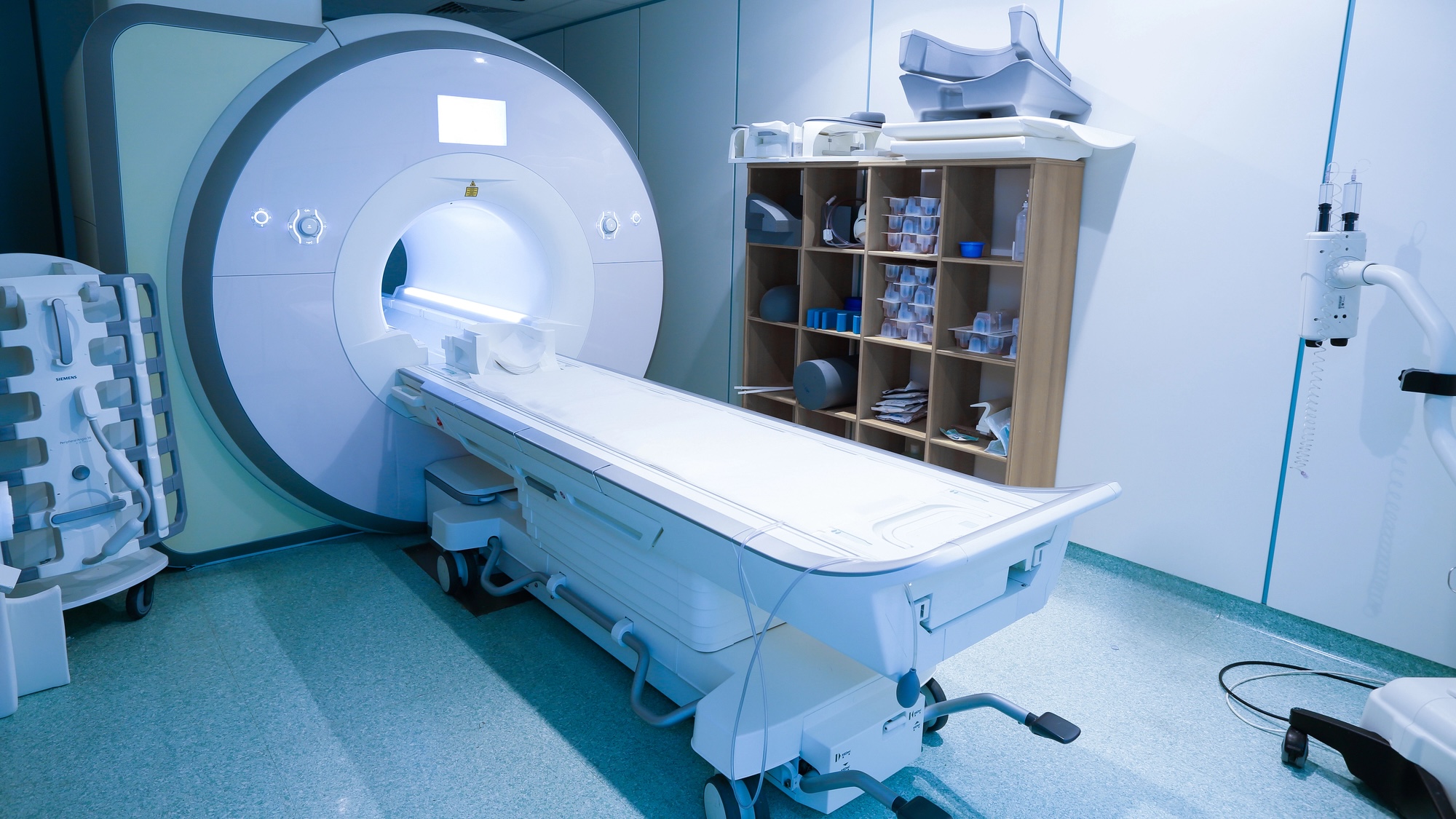

Magnetic resonance imaging (MRI) machines are crucial tools for medical care—but even after decades of use, its underlying superconductors still have their drawbacks. Most MRI machines today rely on powerful magnets built from huge coils of copper and niobium-tin alloy that make for extremely bulky and expensive machines. Because of this, the screening equipment is generally relegated to larger, well-funded hospitals with specialized areas to house an MRI system.
With some help from machine learning (ML), however, researchers at King’s College London collaborated with multiple Japanese universities to design a new, much cheaper iron-based superconducting magnet that requires less energy to run. The novel prototype, detailed in a new study published June 7 in NPG Asia Materials, is 2.7-times more powerful than previous iron variants, and the first of its kind to meet stringent MRI machine requirements for stability and strength. With additional fine-tuning, similar magnets could also one day find their way into nuclear fusion facilities, electric aircraft, and maglev trains.

The key to the iron superconductor magnet lies within its microscopic structural layout—a design discovered only while using an ML system called BOXVIA. After training the program on researchers’ previous iron magnet attempts (which varied parameters like heat and fabrication time), BOXVIA began to identify weaknesses and potential improvement. From there, the ML program tweaked the magnet’s basic structure to determine the best design in a fraction of the time it might take humans to accomplish.
[Related: AI could make MRI machine scans as much as 10 times faster.]
In doing so, BOXVIA revealed a new architectural approach that designers previously didn’t consider—one that relies on varying sizes of iron crystals instead of uniform rates usually created by engineers.
“[O]ur process lays the groundwork for manufacturers to make them at speed and powerful enough for industrial applications—meaning more MRI machines for cheaper,” Mark Ainslie, an engineering professor at King’s College and study co-author, said in an accompanying announcement on Friday.

Ainslie added that reducing the amount of superconducting wire needed in MRI machines could open up a new generation of smaller tools capable of operating within a general practitioner’s office and thus dramatically expand accessibility. And although superconducting magnets still require cooling to extremely low temperatures (around 5-degrees Kelvin, or -450.76-degrees Fahrenheit), Ainslie says their new design “lays the groundwork for manufacturers to make them at speed and powerful enough for industrial applications.”
Moving forward, researchers aim to study how the new nanostructures discovered by machine-learning makes the magnets so uniquely superconductive—findings that could foreshadow even more powerful magnets down the line.
